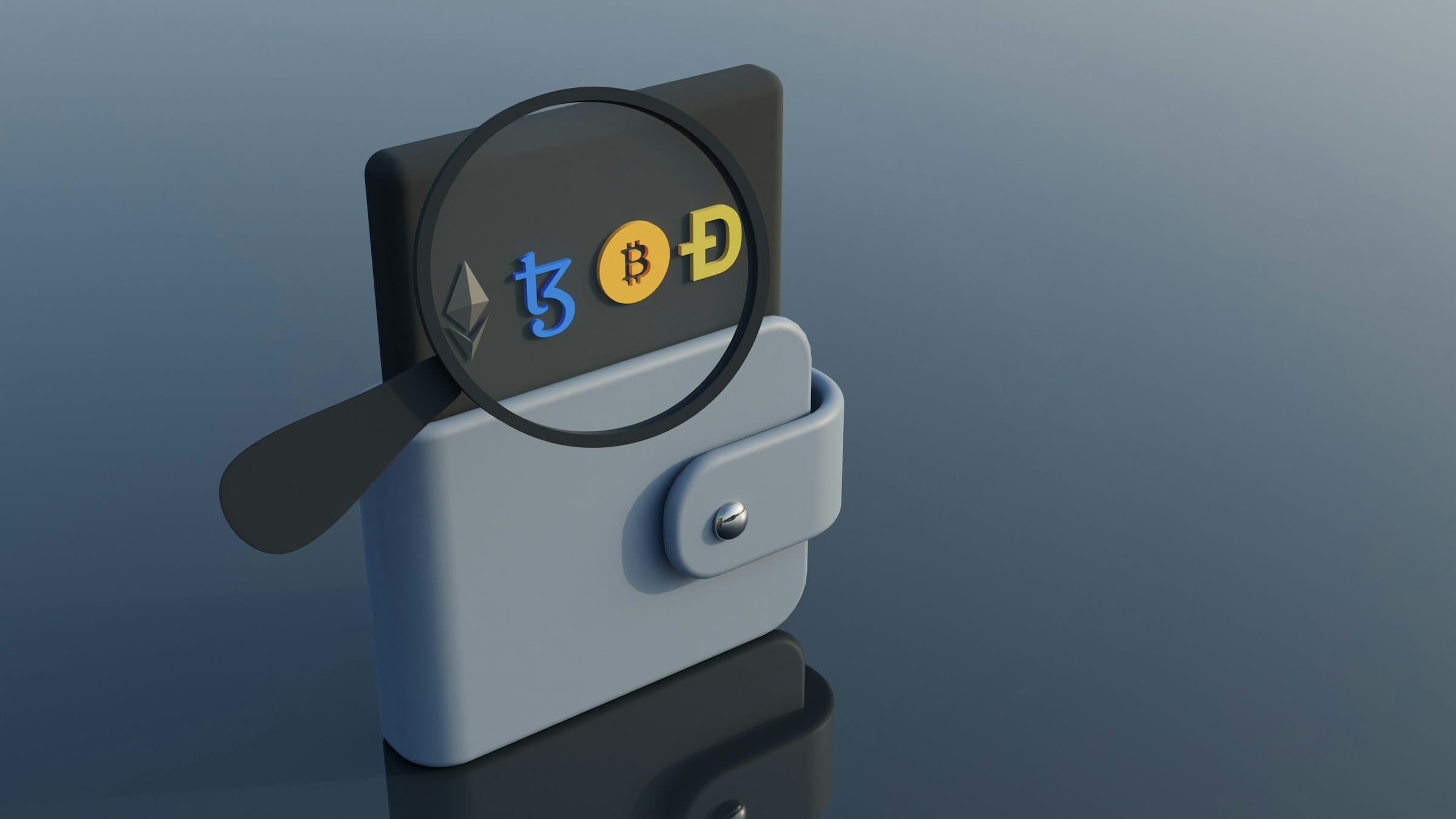Online payment security: What businesses need to know
In this article, we’ve teamed up with Onilab to share everything you need to know about online payment security as an online business.
How often have you heard that it’s strictly forbidden to open suspicious links? Probably a dozen times. But what would you do if your friend suddenly wrote to you asking for some money or giving him a vote in the competition?
Most people will open the attached link without a second thought. But that’s hazardous. A person would be lucky to see the “Page Not Found” notification, close the page, and never face consequences. In reality, clicking malicious URLs leads to sensitive data loss.
Modern consumers pay even less attention when making online purchases. Some may not even check the website address or the logo, overlooking the crucial difference between a genuine company and a website disguised by fraudsters.
Cybercriminals are always on the lookout for new strategies to deceive people. And intercepting critical payment details is one of the most popular data breaches. People reported losing more than $10 billion to fraud in 2023. This sum surpassed 2022 figures by over $1 billion.
While people pay no heed to their online transactions, they’ll certainly remember the company that jeopardized their payment security. That’s why, if you sell something online, it’s your obligation to protect customer data, establish a secure connection, and follow the best security standards. In this article, we’ll share tips for safeguarding sensitive financial data to make sure customers can trust your brand.

What is payment security, and how do online payment systems work?
Payment security refers to the process of safeguarding your website, and adding specialized features and secure payment gateways to prevent fraudulent transactions. How can you protect customer data and financial transactions?
First and foremost, it’s obligatory to leverage a safe checkout solution and a secure payment method. Thus, when customers leave their credit card details or other sensitive information, they can rest assured that their data is protected from unauthorized access.
What technologies does safe online payment processing involve? These are Secure Sockets Layer (SSL) and Transport Layer Security (TLS). These security protocols work together to establish a safe and encrypted connection between a website and a user’s web browser.
They make sure sensitive information is transmitted safely and a secure connection is established. This process is known as the TLS/SSL handshake.
Here are the markers that visitors are making secure payments on a given website:
- It’s the official website, which wasn’t accessed as a result of clicking untrustworthy advertisements or spam emails;
- The URL starting with “https://” rather than with “http://”;
- A padlock icon in the web page’s lower-right corner or the address bar of the browser;
- A privacy policy section is presented on the page;
- Security certifications and seals, such as the compliance symbol for the PCI DSS (Payment Card Industry Data Security Standard).
The key elements of secure online payments
To gain your trust, a secure payment system should employ various technologies, including the following ones mentioned below.
Encryption
It’s like using a special code to communicate with another person. However, you shouldn’t do anything. It happens automatically. The technology encrypts the payment data transmitted between both parties so that if anyone intercepts it, they won’t be able to make sense of it. There are two types of encryption:
- Symmetric encryption involves utilizing the same key to conceal and decipher the stored payment information.
- Asymmetric encryption, in turn, leverages two keys: a public key to encrypt the data and a private key to decrypt it. Thus, this option is considered more reliable as it involves more complex actions.
Most renowned companies employ encryption to protect data at rest and in transit. Take Salesforce as an example. The company has earned a solid reputation, which is attributed to its security measures, among other things.
For instance, if you manage financial data via the Configure Price Quote feature, you can be sure that the company will take care of encryption, PCI compliance, and secure payment processing. These are just a few benefits of Salesforce CPQ for payment security.
Tokenization
Similar to encryption, tokenization converts sensitive information into an unintelligible format as it moves between customers, your site, and the payment processor. Tokenization is a way to conceal financial identifiers with a token, a distinct sequence devoid of any inherent meaning.
The main difference from encryption is that the token completely replaces the original payment information, such as credit card data, instead of modifying it. This implies that the fraudster would be unable to decipher the token, even if it were intercepted. The original data is stored in a centralized token vault. Thus, the token itself is useless for carrying out malicious transactions.
Authentication methods like multi-factor authentication (MFA)
When attempting to access a system or make an online payment, users must validate their identity by completing multiple steps. For example, they may need to do the following:
- Insert a password or PIN;
- Input a security token or a password sent to their phone number;
- Provide anything particular to them, like their voice, facial traits, or fingerprints.
A scammer is unlikely to guess or imitate each of the variables, making the combination far safer than a single factor.

Fraud detection (prevention) systems
Encryption and tokenization may sometimes fail to prevent data breaches. So, it’s advisable to install advanced fraud detection tools with built-in security features that look for red flags and stop any weird activity, such as:
- Rule-based systems rely on pre-set settings to mark the activity as malicious or not. For example, when a user places an order significantly higher than on average from an unfamiliar location or device.
- Behavioral analysis employs past customer behavior to define whether there is a chance of a data breach, e.g., if a certain buyer purchases ten expensive items at once.
- Machine learning is a subset of artificial intelligence that takes payment security a step further, getting better at security breach detection with time, analyzing larger amounts of customer data than a human can, and predicting future trends.
Seven best practices for online payment security
Now that you know what online payment security entails, let’s discuss some essential steps you, as a business owner, should take to ensure a safe payment process.
1. Opt for a protected eCommerce platform and payment service provider
First things first, you need to develop the store on a dependable eCommerce CMS or website builder, depending on your needs and business type. Top eCommerce platforms like Shopify, WordPress, Wix, and others use cutting-edge security measures.
Sometimes, highly secure platforms can be quite costly or impose transaction fees. However, this expense should be a major component of your cybersecurity budget. According to US respondents, 55% of Americans would be less likely to do business with companies that compromised their financial transactions.
In the long run, reliable eCommerce platforms can maximize your savings due to better security features, like fraud detection and card verification value (CVV) checks, safeguarding both your client’s sensitive data and your reputation.
As far as a payment provider is concerned, reduce the number of parties involved in your company’s payment lifecycle and choose an end-to-end payment solution. An end-to-end payment platform minimizes data exposure to third parties. How?
It unites acquirer, gateway, and processor functions in a single ecosystem. Check the provider’s reputation in handling online payment processing, what payment gateways they offer, and whether they comply with industry regulations like PCI DSS.
2. Steer clear of storing customer payment data
It’s advisable not to store your client’s payment information to avoid making it a target for fraudsters. When accepting credit card payments over the phone or another medium, don’t save paper or electronic files. Train your employees not to keep cardholder data and inform customers about your ‘no storage’ policy.
However, if you have to store sensitive payment information, say, to eliminate unnecessary data re-entry when a shopper makes repeat purchases, utilize a third-party provider that encrypts customer data. That’s where tokenization and encryption come into play.
3. Use personal verification systems
Personal verification systems act as additional bolts, locking your front door. They make it much harder for someone to break in. Take multi-factor authentication, for example. According to Microsoft, almost all compromised accounts lacked MFA—more than 99.9%. Thus, MFA is a powerful deterrent, significantly reducing the chances of accounts being compromised.
Another method growing in popularity is biometric verification. You may have seen it on iPhones as a Face ID and Touch ID feature. Fingerprints or faces are almost impossible to replicate, so consider them for your online payment security. For large-ticket purchases, you can also request that clients provide a photo of their driver’s license or another kind of official identification as proof of identity.
4. Educate employees
Your employees are responsible for ensuring business operations are secure. So, you’ll hardly have a reliable system without their involvement. They do a lot of things that may create loopholes for cybercriminals to take advantage of, for example:
- Handle payment data (bank accounts, debit cards, digital wallets);
- Interact with payment gateways (dealing with payment data, issues, and compliance with PCI DSS, supporting customers, and configuring or updating the payment gateway to provide various payment methods);
- Manage online transactions daily (monitoring the online transaction process to ensure payments are successfully processed, recorded, and reconciled with the business’s financial records);
- Operate the corporate payment infrastructure (getting access to credit and debit card details, bank account information, and business documentation).
Yet, they’re people and can easily fall prey to social engineering and other criminal attempts to steal sensitive card data. Thus, you should train them on what malicious activities may look like, what they can cause, and how to block them in the early stages.
They should comprehend that attackers can quite often impersonate themselves as financial institutions when they’re not. Your staff should never click on unexpected email attachments. When taking their laptops, portable storage devices, or documents out of the office, employees shouldn’t leave them unattended.
To build a strong security culture in the workplace, follow these steps:
- Simplify security guidelines to make them accessible to a wide audience;
- Break training sessions into smaller parts and employ game-based learning and simulation tests to boost engagement;
- Reward employees for their accomplishments;
- Obtain buy-in from upper management as cybersecurity adoption starts with the executive-level managers within a company.
5. Leverage advanced security measures
As mentioned above, there are some AI and ML-powered secure online payment solutions that outperform traditional security measures. These are real-time monitoring and anomaly detection, to name a few fraud prevention strategies. Tools equipped with these capabilities constantly monitor website or app activity to spot unusual patterns and flag or even block the transaction before it’s too late.
However, these aren’t the only ones when it comes to emerging trends. The already-discussed biometric authentication or even blockchain can also contribute to payment security.
For instance, blockchain technology creates a decentralized and tamper-proof ledger for transactions. Blockchain networks use cryptographic keys, which are digital codes, to verify transactions between customers and store owners.
Yet, the sequence of characters in the cryptographic key code is virtually impossible to predict. This makes blockchain among the most secure payment methods.
Pro tip: Consider obtaining cyber liability insurance. According to this document, an issuing company can cover the hefty costs associated with a data breach, such as legal fees, customer notification expenses, and even fines.

6. Ensure compliance with modern standards
If you accept credit cards on your website and seek secure transactions, you must comply with certain regulations. These entail PCI DSS or PSD2 Strong Customer Authentication (SCA) for companies operating in the EU. The PCI DSS rules are issued by an international group called the Payment Card Industry Security Standards Council.
According to these norms, you need to take proactive steps to protect account data, build and test networks, and mitigate the consequences of attacks. These regulations apply to “all entities that store, process, or transmit cardholder data and/or sensitive authentication data.”
However, different businesses are subject to varied levels of PCI compliance. For example, online merchants that use gateways may need to comply with a few basic criteria. On the other hand, a credit card company like Visa and Mastercard may require full validation.
Apart from that, it’s essential to get a TLS/SSL certificate. You can obtain one from a trusted hosting service. The TLS/SSL certificate attests to the encryption of user data when it moves from the user’s computer to your online store.
7. Introduce secure online payment methods
Secure online payment methods include:
Credit cards: It’s the easiest and most popular payment method. Almost every customer has a credit or debit card, so you’ll hardly face any difficulties integrating this option into your store.
When paying with the card, the payment gateway encrypts its details, such as the card number and expiration date. You can enhance the security of such online payments by introducing MFA or access control measures. However, credit cards are frequent targets of fraud attempts.
- Digital wallets: Apple Pay, Google Wallet, PayPal, and other digital wallets are steadily gaining traction. They’re frequently linked to certain devices like smartphones or watches. They, in turn, often ask for additional verification like PINs, passwords, or biometrics.
This fact is already enough to call this a secure online payment solution. Wallets also leverage tokenization and allow customers to pay online without leaving credit card details on websites.
Despite its merits, this method is subject to certain drawbacks. First, it’s not so widespread compared to credit card usage. Second, you need to check the compatibility of a particular payment gateway and the digital wallet.
- Automated clearing house (ACH) payments: These are secure online payments between bank account holders, commonly used for direct deposits, bill payments, and other financial transactions. ACH payments are known for their stronger security due to the following:
- Operation through a secure network;
- The requirement for an account holder to authorize access;
- The use of encryption protocols.
They also usually impose lower transaction fees compared to credit cards. Yet, they involve longer payment processing times and may take several days. This may not be suitable for businesses needing immediate payments.
Prepaid cards: Prepaid cards enable users to load money on them ahead of time. Since they aren’t connected to a credit card or bank account, a person may lose only what’s stored on the card’s available balance.
The bank account information is not linked to the card either, so no one can access it. It’s one of the most secure online payment methods but may imply activation, reloading, or purchasing fees.
How to securely sync payments to your accounting software
After setting up secure payments for your online store, you now need a way to keep a record of them. Many people will manually enter transactions into their accounting software, however, you can now automate the entire data entry process.
Amaka’s accounting integrations will automatically sync sales and payments data from your e-commerce or POS system into your accounting software. For example, if you have a store on Shopify and use QuickBooks Online, you can use the Shopify + QuickBooks Online integration to securely sync your transactions on a daily basis.
Key takeaways on how to manage online transactions securely
In today’s digital environment, the danger of cyber attacks is real. When neglected, a data breach can put your business at risk of lawsuits, lost revenue, and damaged reputation. How can you ensure consumer privacy, collect the needed information, and shield brand image?
Remember that it frequently comes down to a human factor. So, educate your employees to avoid seemingly harmless activities, such as clicking on a link in an email, as they can expose your clients’ private information to hackers.
The goal is simple: secure every transaction, protect customer data, and stay one step ahead of those who would compromise it. Prioritize secure online payments, keep up with industry standards, and conduct security checks.
Author bio
Kate Parish, chief marketing officer at Onilab, Magento development agency. Kate helps businesses grow by developing practical and measurable digital marketing strategies. She shares her expertise in SEO, branding, link-building, and digital marketing tools for attracting, nurturing, and converting the target audience into loyal customers.